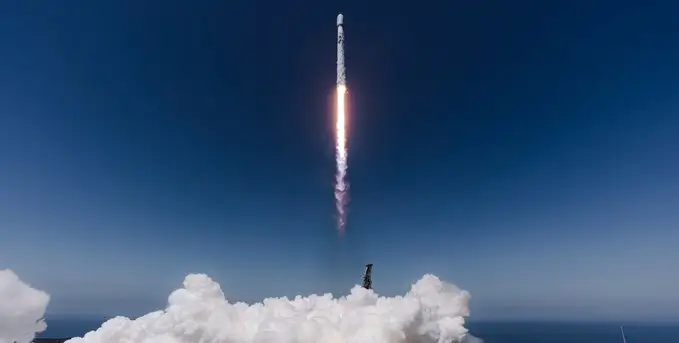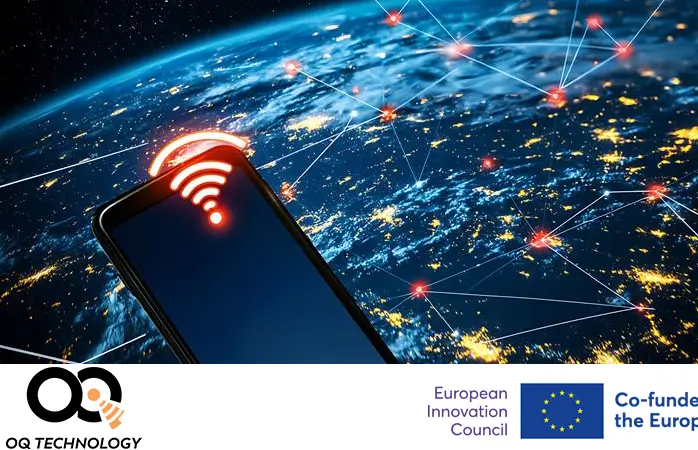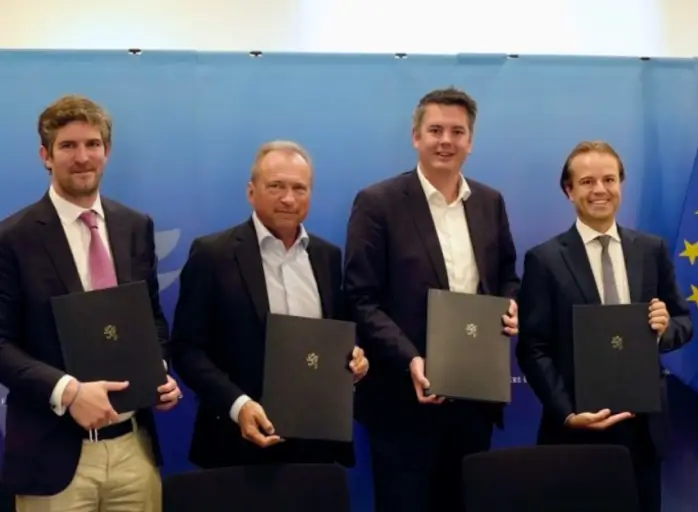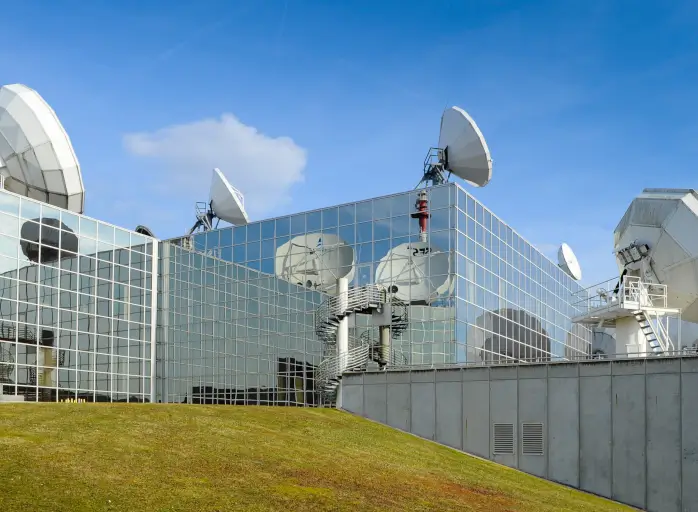
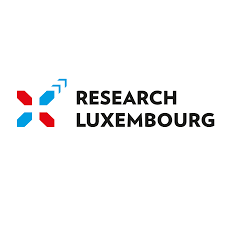
Helping satellites have the perfect rendezvous in space
Researchers at SnT developed a dual-camera system combining visual and thermal imaging to improve autonomous satellite rendezvous in space.
How can the connection between two satellites in space be optimized? To address this challenge, researchers at Luxembourg's SnT have developed a dual-camera system that combines visual and thermal imaging. Space rendezvous are particularly important for repairing spacecraft and removing debris.
In space, a target initially appears as a distant bright spot. As satellites get closer, tracking becomes more difficult due to rapid changes in the sun’s position in orbit, creating extreme variations between light and shadow. These missions are therefore rare and complex. By using a dual-camera system along with artificial intelligence, the researchers have found a way to make orbital rendezvous safer—thermal cameras allow objects to be detected even in low-light conditions.
Their research achieved three key objectives: improving the detection of space objects, enhancing tracking accuracy, and integrating data from both types of cameras.
Source: Research Luxembourg


